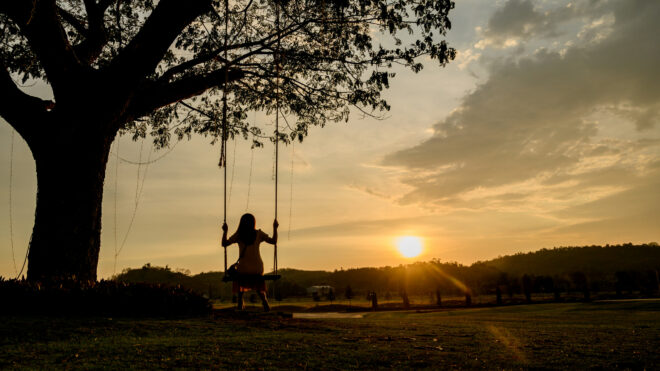Trees replace the carbon dioxide we exhale with the oxygen we need to live. They provide homes for the critters residing beside us and look beautiful in our yards.
However, like every other living thing, trees can fall ill. When this happens, they pose a risk.
Dying trees may fall, damaging property, breaking powerlines, and causing serious injuries. Watching for signs of sickness allows you the chance to save your tree and keep everybody safe.
Read on to learn how to monitor tree health.
Foliage
You may ask, “Is my tree healthy?” Look at its leaves for answers.
A healthy tree should produce an abundance of leaves. They should all appear the proper size, shape, and color.
Leaves may look different with each season. In places with four distinct seasons, you may notice that they bud in Spring, bloom in Summer, change and fall in Autumn, and go dormant in Winter.
Unhealthy trees may not produce enough leaves. Or, the leaves may not look how they should in that particular season. Holes can also indicate a health issue.
Branches
During tree monitoring, assess its branches. Your tree should grow strong, full branches.
Test the health of your tree’s branches by snapping off a twig. It should feel strong, bendable, and difficult to tear. A sick or dying tree may produce branches that snap easily and feel hollow inside.
Also, look at the lead branch, that stems from the top of the trunk. Two lead branches put a lot of stress on the tree and may split it with their weight.
If branches appear dead, take care of this immediately. For safety reasons, the situation may require trimming or emergency tree removal.
Bark
Healthy trees have a strong outer layer of bark. It should hold tight to a healthy tree and not chip off easily.
Bark protects the tree and contains the system that brings nourishment to the tree.
When you see it peeling, it means that the tree is sick and it means that the tree is at risk of sustaining further damage. Look for holes, cracks, and deep canities as well.
Fungus
During tree health monitoring, look for stuff that does not belong. While fungus may appear pretty and only last a short while, it can indicate a health issue.
Green, fuzzy or leafy fungus does not harm the tree. In fact, it may indicate a healthy environment. Look for powdery mold, canker, and fungal knots.
Pests
Trees provide a safe haven for many harmless critters. But, you should watch out for pests that can hurt your tree.
Burrowing insects like emerald ash borers and other invasive species kill the tree from the inside out. If you do not see those insects, look for signs of them, like eggs, chewed leaves, and sticky residue.
Take Care of Your Tree Health
Make tree health a priority. If you notice your tree showing any signs that it may be unhealthy, take care of it.
Get the problem diagnosed. If you cannot fix it with better care, then get unstable limbs trimmed or the tree removed.
We can help you keep your yard safe. Contact us for your estimate!

